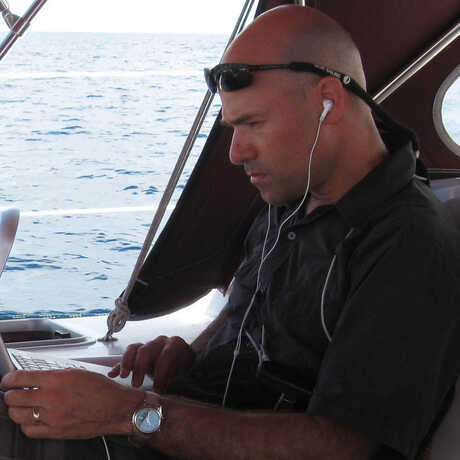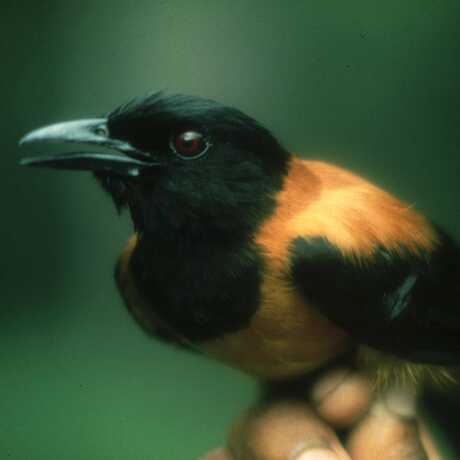Curator of Birds and Mammals
I am interested in ecology and evolution, and most of my work has focused on birds and more recently mammals. Our department of birds and mammals conducts research on local marine mammals, collaborates with US Fish and Wildlife for important surveys of public lands, and we do a variety of research ranging from studying why birds fly into windows in urban settings to how toxic birds acquire and use poisons for defense to using genetics to study relationships among species of animals (and more...) We currently have students in the lab ranging from high school, Masters students, PhD students, to post-doctoral scholars.
Molecular Ecology
I use DNA sequence variation to reconstruct phylogenies, character evolution, and to understand phylogeographic patterns. I have used phylogenetic techniques to study the evolution of toxicity and mimicry in toxic New Guinean birds, to understand the history and relationships of rare Pacific Owlet-nightjars, and I am working on an NSF-funded project to study the lowland phylogeography of New Guinean tropical forests. We are also studying Namibian sengis (AKA elephant-shrews) with Galen Rathbun, and my student Liz Carlen is working on relationships of giant sengi species. In California, I am working with UC Berkeley student Zachary Hanna to study the genetics of the Barred Owl (Strix varia) as it invades California and other western US states.
Ecology and Evolution of Chemical Defense in Birds
Most of my research on avian chemical defense has focused on two genera, Pitohui and Ifrita, which comprise seven endemic New Guinean passerine species that carry potent steroidal alkaloid neurotoxins known as batrachotoxins. I have used a variety of field and laboratory techniques, and my ongoing research involves 1) chemical isolation, characterization, and quantification of defensive chemicals from avian genera Pitohui and Ifrita, 2) ecological studies of Pitohui parasites and predators, 3) radio-telemetry studies of Pitohui diet and home range use, and as mentioned above, 4) studies of the evolution of toxicity and Müllerian mimicry in toxic New Guinean birds.
We have active research projects in the following areas:
1) The ecology and evolution of chemical defense in birds
2) Evolution of sengis (AKA elephant shrews)
3) Barred Owls and Spotted Owls in California
4) Avian viruses in natural bird populations, including studies of avian keratin disorder (AKD) and its causes
Projects
Academy scientists travel to Namibia to study some of the smallest and least understood of all African mammals.
Academy scientists study an unusual adaptation in a number of New Guinea bird species: toxic skin and feathers.


